Experts warn against these 9 mistakes that are making your kitchen feel cold – what to do instead
From the types of finishes to avoid to which colours will add warmth and personality to the space
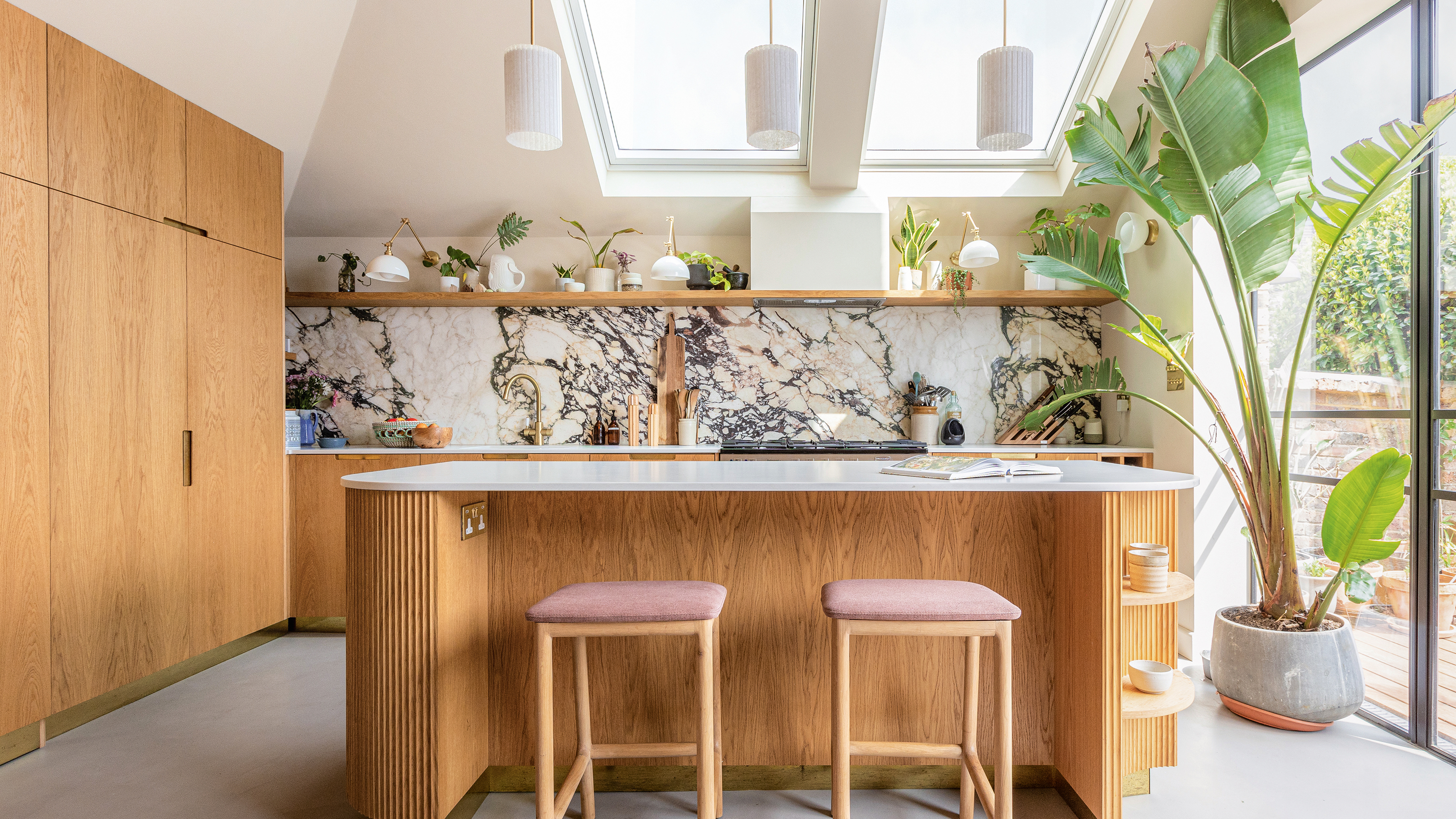

Whether you have a small kitchen or a larger layout, a kitchen is the heart of most homes where everyone gathers together. However, something as simple as the colour – or lack thereof – or the materials can have a big effect on making a kitchen feel cold.
When we say cold we mean not just physically chilly, but uninviting in general. Kitchen ideas can go from cosy to cold and cavernous in just a few false design moves due to their practical purpose.
‘More often than not, the kitchen can be a difficult place to make into a warm and inviting space,’ admits Kate Duckworth, Trends & Interior expert at Swift Direct Blinds. 'But there are several ways in which you can enhance your interior to create a warmer appearance.'
So, if your kitchen doesn’t feel as welcoming and homely as you’d like it to, here's what the experts recommend to take your kitchen from uninspiring and cold to warm and cosy.
Mistakes that are making your kitchen feel cold
1. Opting for a block of cold colours
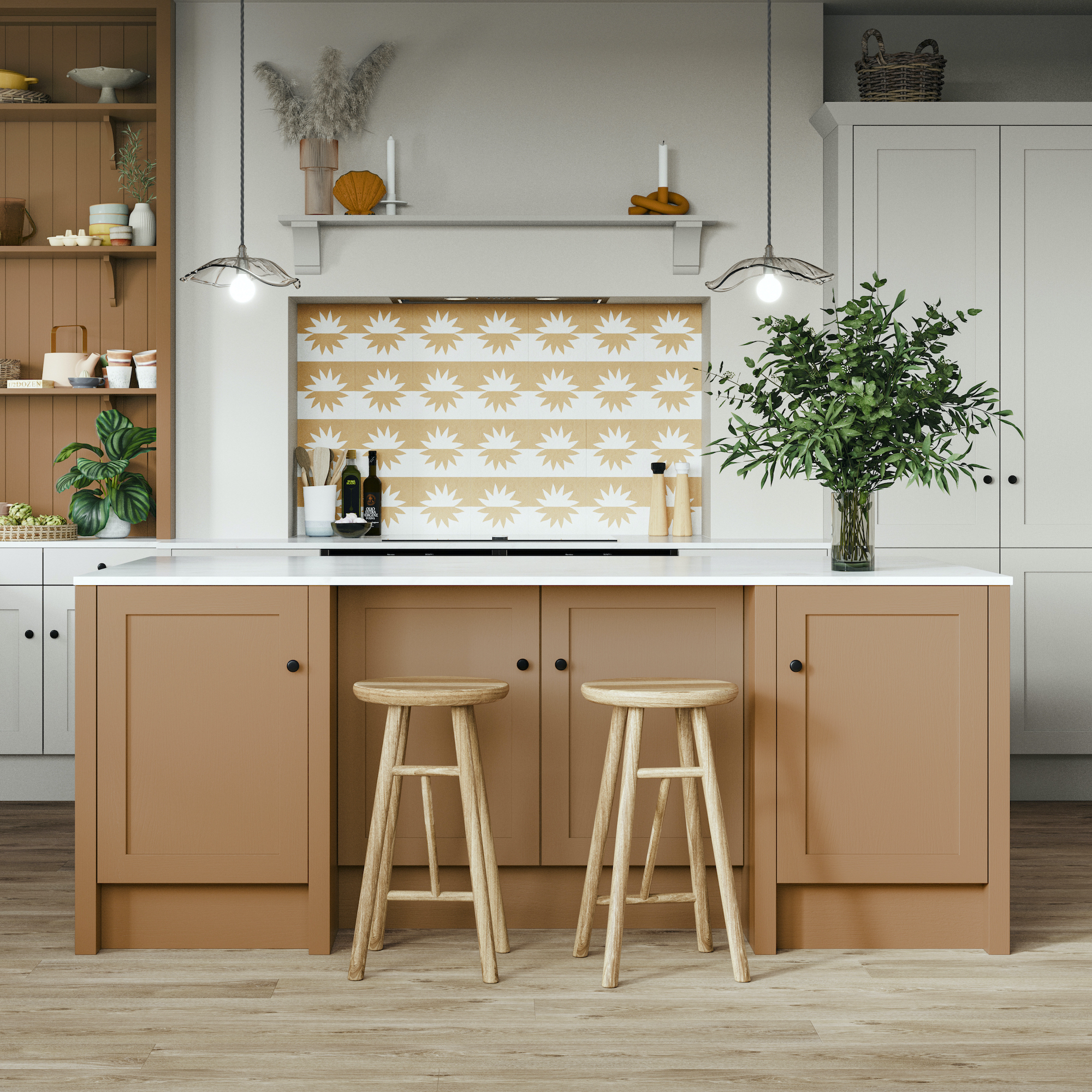
It’s easy to understand why white is a particularly popular choice for kitchens, thanks to its association with cleanliness and a bright, fresh finish. But entirely white kitchens – or ones made up solely of cold colours – can feel rather clinical and chilly.
‘Modern minimalism can often veer into sterile territory, making the overall feel of a kitchen cold and uninviting when it should be the heart of the home,’ suggests Molly Woodward-Moor, Interior Designer and Creative Director at Stone Superstore.
'When it comes to creating a calming and inviting kitchen space, the choice of colours plays a crucial role in setting the right ambience,’ explains Kate Palmer, Creative Director at The Painted Furniture Company.
Get the Ideal Home Newsletter
Sign up to our newsletter for style and decor inspiration, house makeovers, project advice and more.
‘Whilst avoiding certain colours such as grey and cool blues can help, it’s often effective to introduce warm accents to balance out cool tones,’ Molly argues. ‘Consider adding shades such as yellow, orange, brown or earthy greens to your space. You can do this through accessories, artwork or introducing natural wood, stones or ceramics into your space such as terracotta.’
2. Choosing ultra glossy finishes
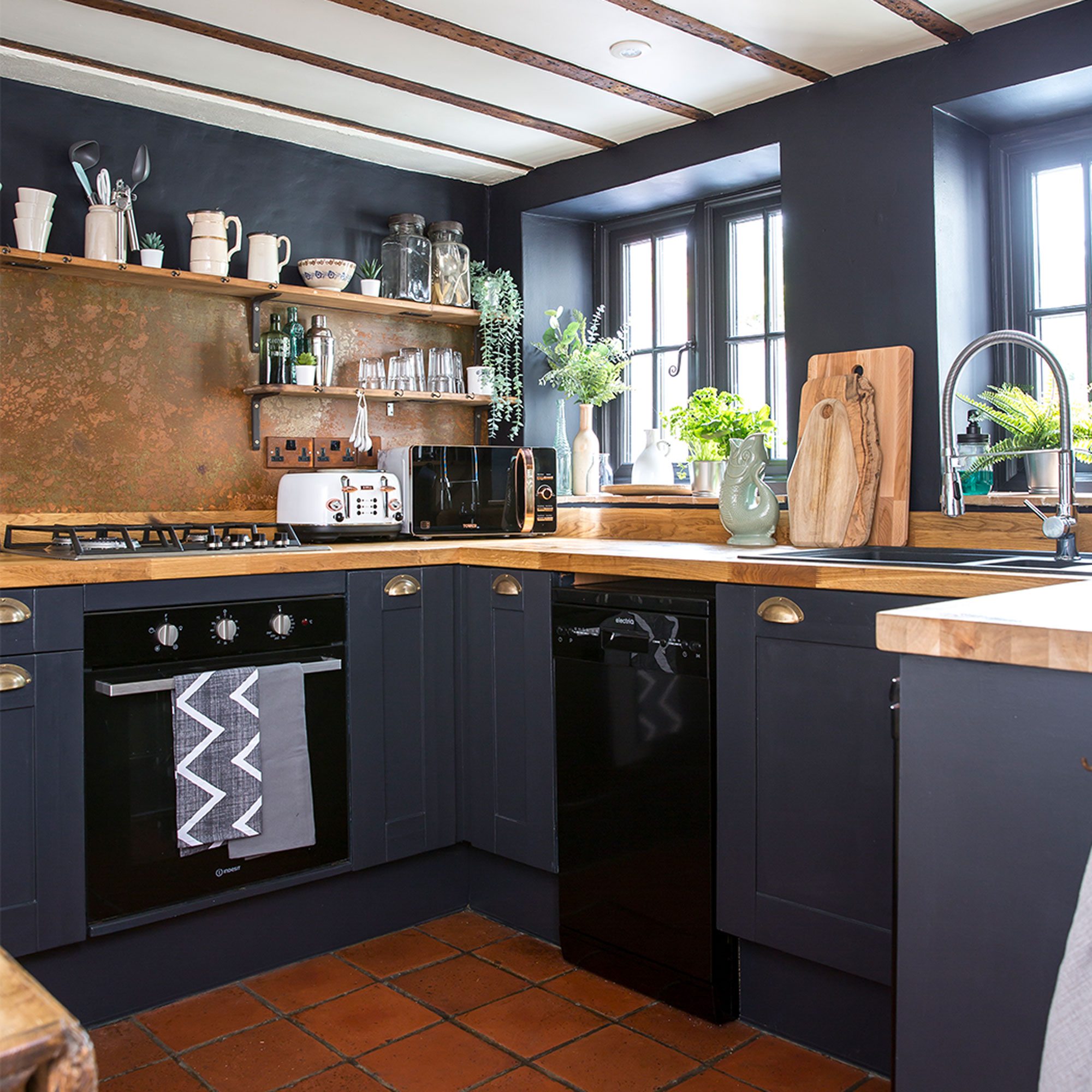
‘Ultramodern, flat glossy cabinets can very quickly make a kitchen feel cold, especially if they dominate the space,’ warns James Mellan-Matulewicz, Creative Director at Bobbi Beck.
Choose ‘either gloss units or a gloss tile, not both or it’ll always feel cold in your kitchen,’ AMC Design's Founder Ann Marie Cousins suggests. Opt for matte, shaker style or natural wood cabinetry instead to add some warmth and texture.
3. Poorly placed bright white lighting
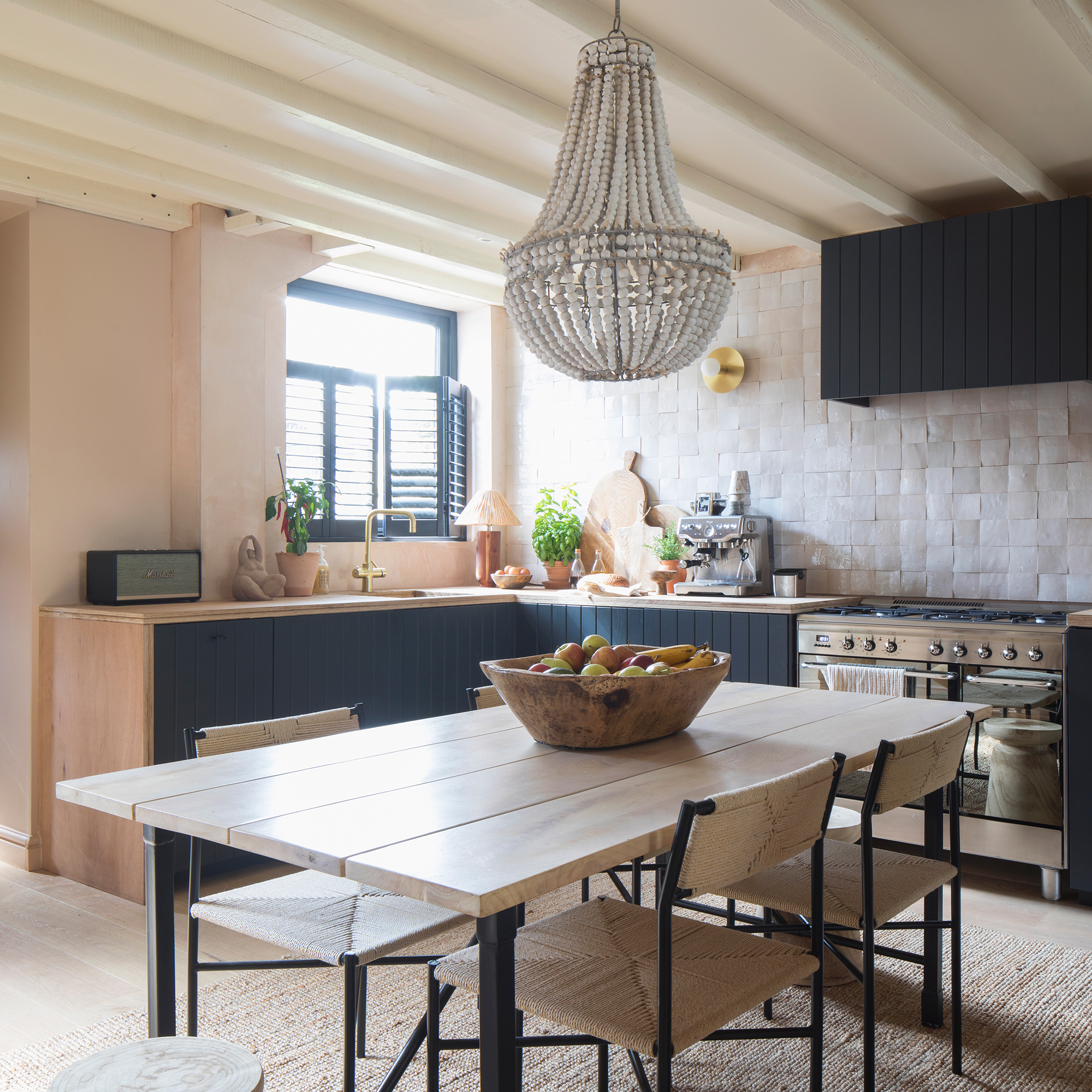
‘Harsh, insufficient, or poorly placed lighting can contribute to a cold feel,’ according to Vicky Ashton, Designer at Willis & Stone. When planning your kitchen lighting ideas it’s worth remembering that ‘kitchens benefit from a combination of ambient, task, and accent lighting to create a well-balanced and inviting environment,’ Vicky adds.
‘A common mistake in kitchens is relying solely on harsh overhead lights which can make a kitchen feel clinical,’ Rob Beswick, Owner of CGC Interiors, reveals. Instead, ‘pendant lights over the island or under-cabinet lighting can add a softer, welcoming glow while providing adequate lighting in your kitchen.’
4. Not making the most of natural light

‘Natural light is crucial for ensuring living areas, like kitchens, feel warm and inviting,’ according to Origin’s COO, Victoria Brocklesby. Statement glazing such as picture windows and bifold doors or patio doors are excellent at letting in natural light.
However, ‘for kitchens that aren’t able to accommodate large windows or glass doors, internal glazing is an ideal alternative,’ Victoria explains. ‘Internal glass doors can serve as both functional dividers and as a channel for natural light to flow in from the rest of the home. So, you can craft a cosy, separate space without shutting out all-important daylight.’
You can even strategically place mirrors opposite windows to ‘help reflect natural light, making the kitchen feel brighter and more welcoming,’ Rob adds. Why not try a mirrored splashback as a smart kitchen splashback idea to maximise light if you’re in the process of renovating your kitchen?
5. Neglecting window dressings

‘Many homeowners decide against using blinds and curtains in the kitchen, but window coverings are a great way to stop heat from escaping through windows and doors,’ says Kate.
‘Curtains and blinds help to block any draughts whilst also adding interest and layering to the room. To make the room even cosier, choose a thermal or blackout lining on your window dressing to help regulate the temperature of the room,’ outlines ScS’ Interior Stylist, Victoria Foster. Shutters and blinds can be both practical and stylist, or something such as choosing a simple cafe curtain can add a vintage touch to the space.
6. Having too much empty space
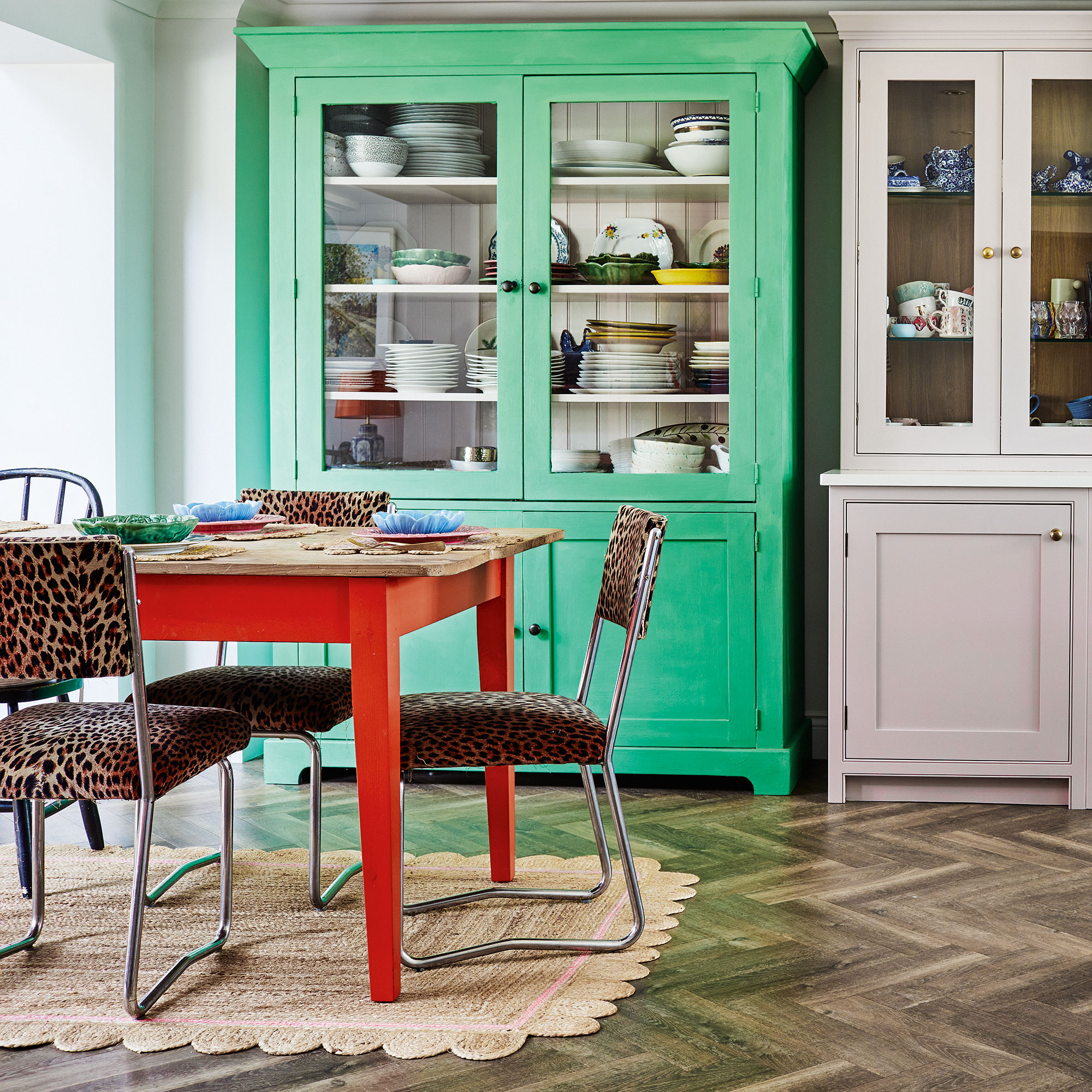
‘If a room has a lot of space and hardly any furniture to fill it out, it’s more than likely that the room in question will feel cold,’ Kate admits.
‘If you have an open-plan kitchen/dining area which doesn’t have much furniture, consider adding sideboards, chairs, a bookcase or even accessories such as lamps and large vases.’ A kitchen might be a practical space, but it still deserves a decorative flourish to add character to the space.
7. Forgetting about soft furnishings
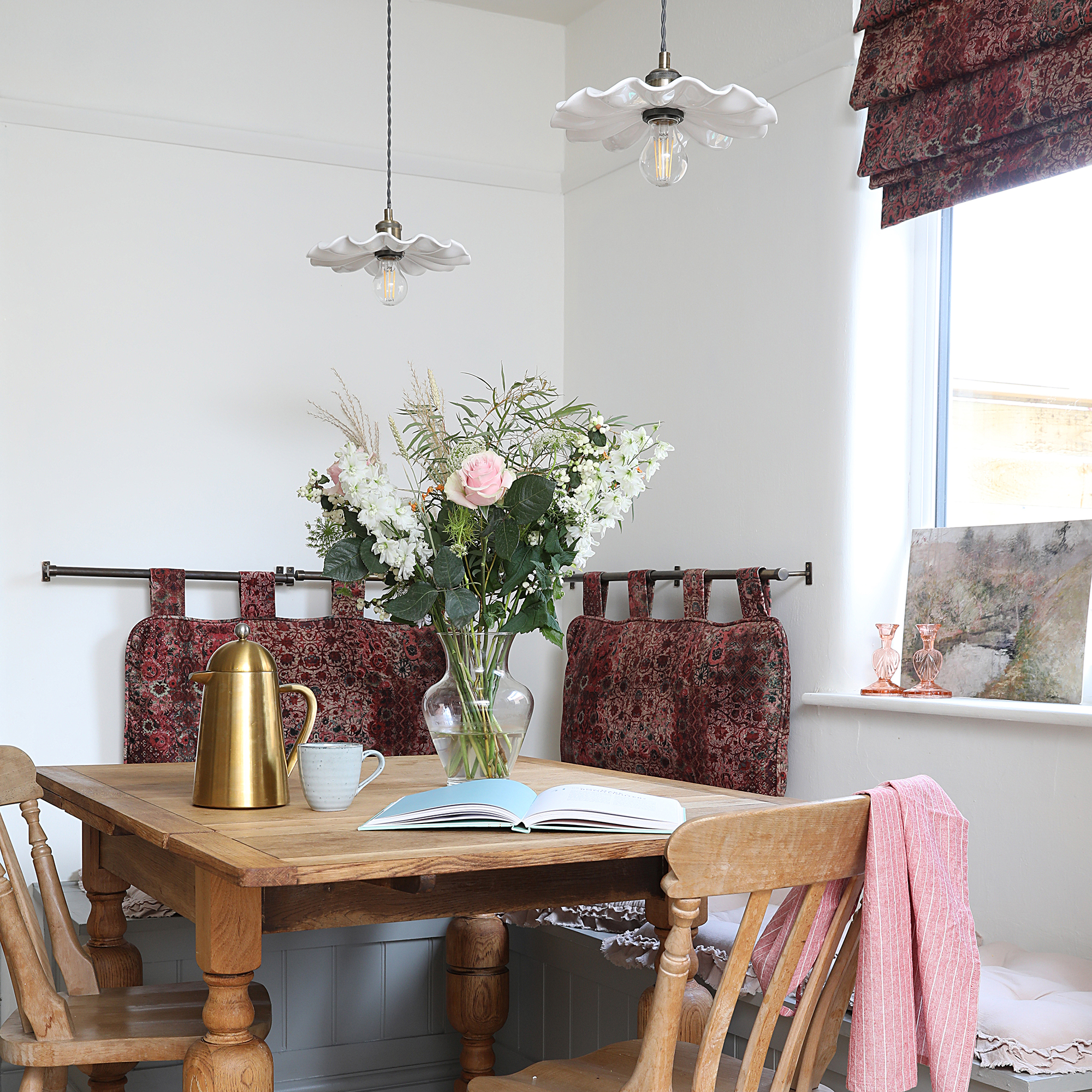
‘Kitchens are naturally made up of different solid, hard surfaces with straight lines and edges all round, but this can easily lead to a space that feels clinical and uninviting,’ Vicky explains.
‘Accessories such as tablecloths, seat cushions and floor rugs will literally create warmth, while the soft textures and potential colour and pattern will also bring visual layers to a kitchen for personality and character.’
8. Having bare walls
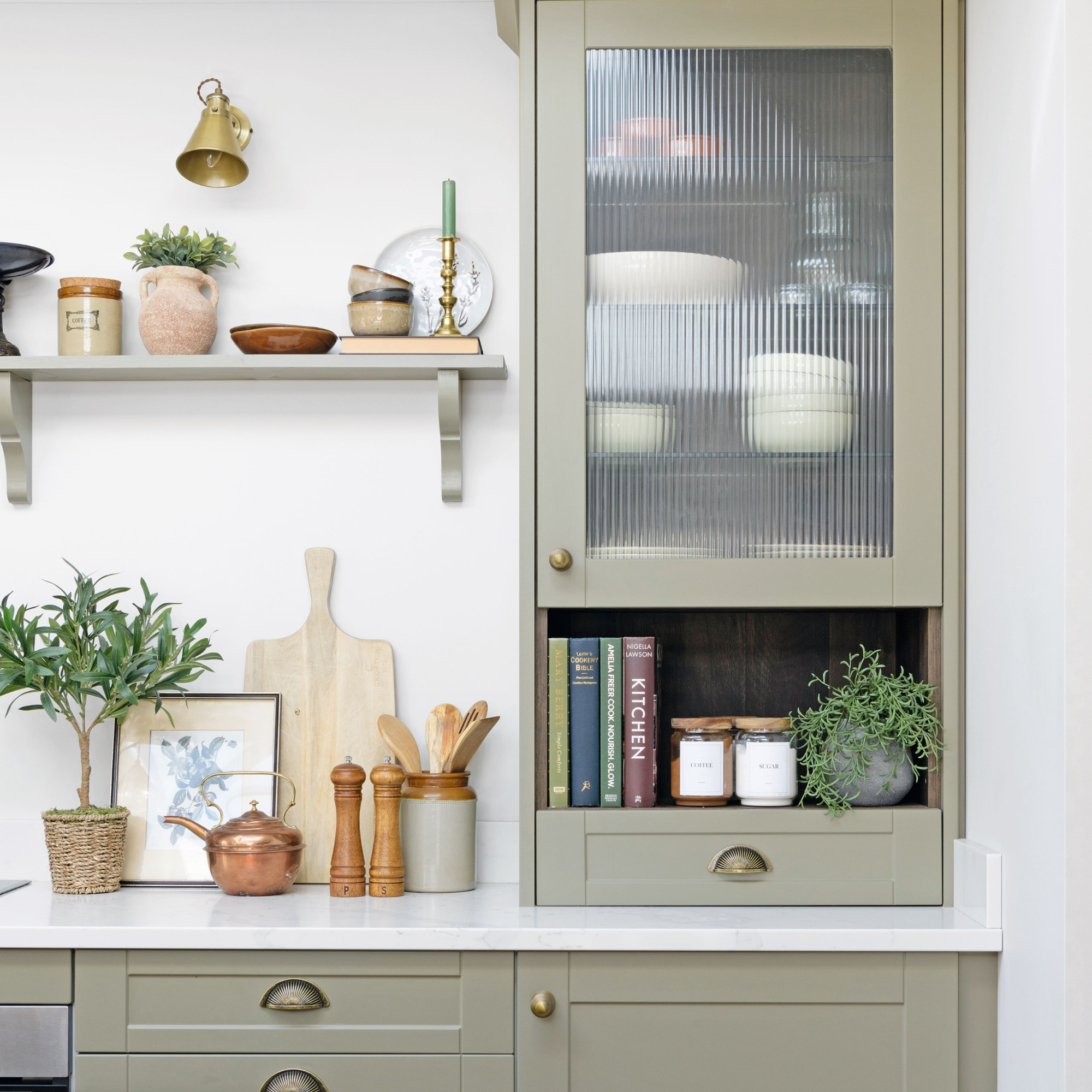
You may not have considered how bare your kitchen walls might be, especially when you compare them to other rooms in your home.
‘Introducing artwork and photographs add a touch of visual interest and personality to a space,’ Molly argues. Consider kitchen shelving ideas filled with colourful glassware, dishes or even cookbooks to make the space look much more homely and welcoming.
9. Not integrating plants into your kitchen

You might have some potted herbs sat on your kitchen windowsill but other than that many of us don’t strategically use plants in our kitchen. ‘As well as adding to the aesthetic of your interior, plants will help to make the space feel warmer,’ Kate proffers.
In addition to this, ‘they are perfect for helping to control the humidity levels within the room,’ too, which is perfect for a room such as your kitchen where it can get rather steamy as you whip up certain dishes.
FAQs
How do you add warmth to a modern kitchen design?
‘Whilst metallics have previously been associated with a harsh, cold colour palette, certain metallic colours, such as copper and brass, can add warmth to a modern kitchen,’ Darren explains.
‘Incorporating these colours through light fittings, sinks, cabinet handles, appliances, or splashbacks can soften the overall kitchen aesthetic, whilst keeping to a modern design. The key is to be subtle with these metallic additions to create warmth without being overpowering.’

How do you keep a kitchen warm without relying on heating?
Not only can area rugs help to add an extra layer of insulation in your kitchen, it can also help to trap heat. Also, consider your window dressings to help insulate the space on chilly evenings when cooking dinner.
Make the kitchen a warm and inviting space that you 'want' to hang out in.

Ellis Cochrane has been a Freelance Contributor for Ideal Home since 2023. Ellis has been writing about homes, interiors and gardens for four years now, with her also contributing to House Beautiful, Country Living, Expert Reviews, Real Homes and Stylist.
-
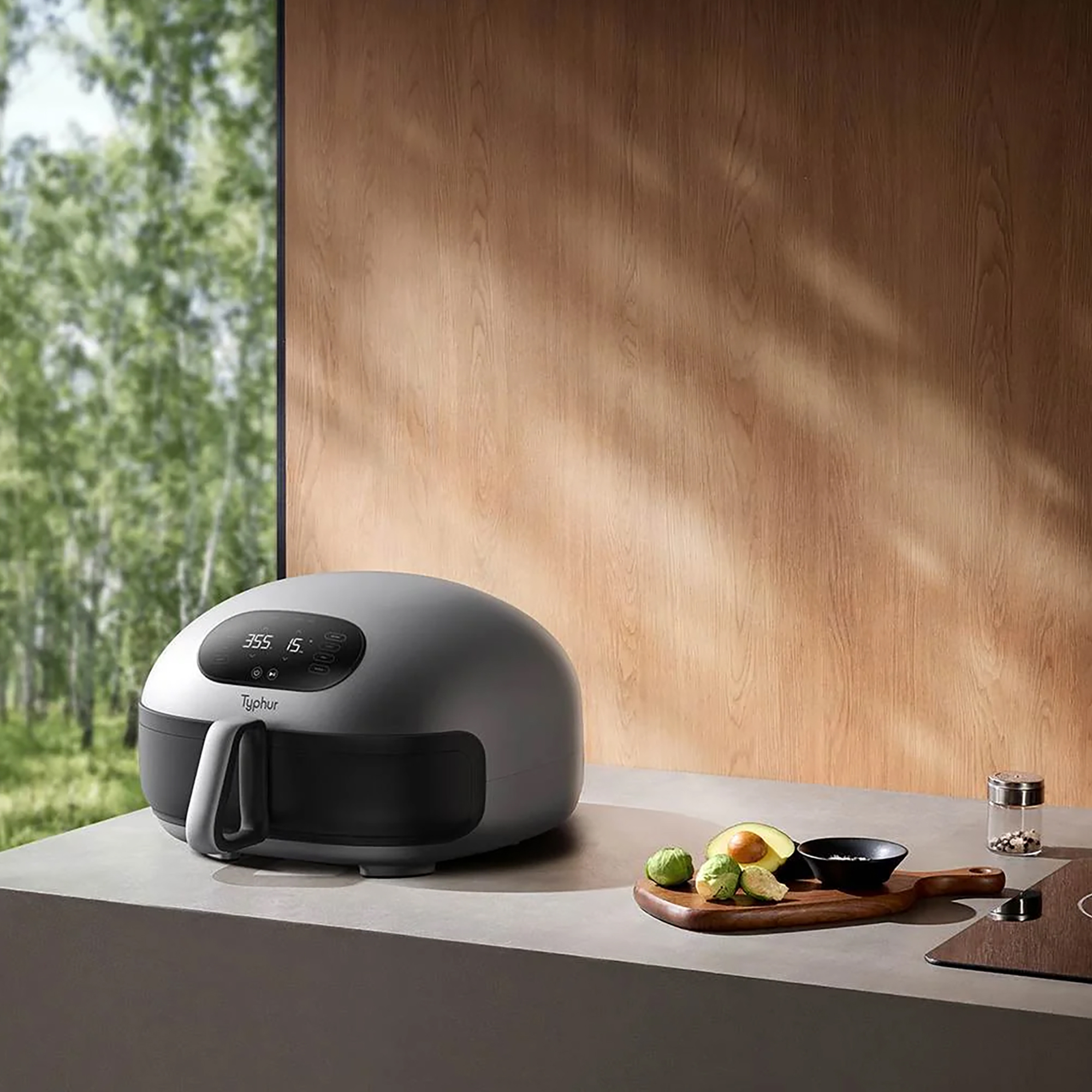 Typhur Dome 2 air fryer review – a glimpse into the future of air frying
Typhur Dome 2 air fryer review – a glimpse into the future of air fryingThe Typhur Dome 2 cooks food brilliantly and has all sorts of benefits, but is it worth the £499 price tag?
By Ellen Manning
-
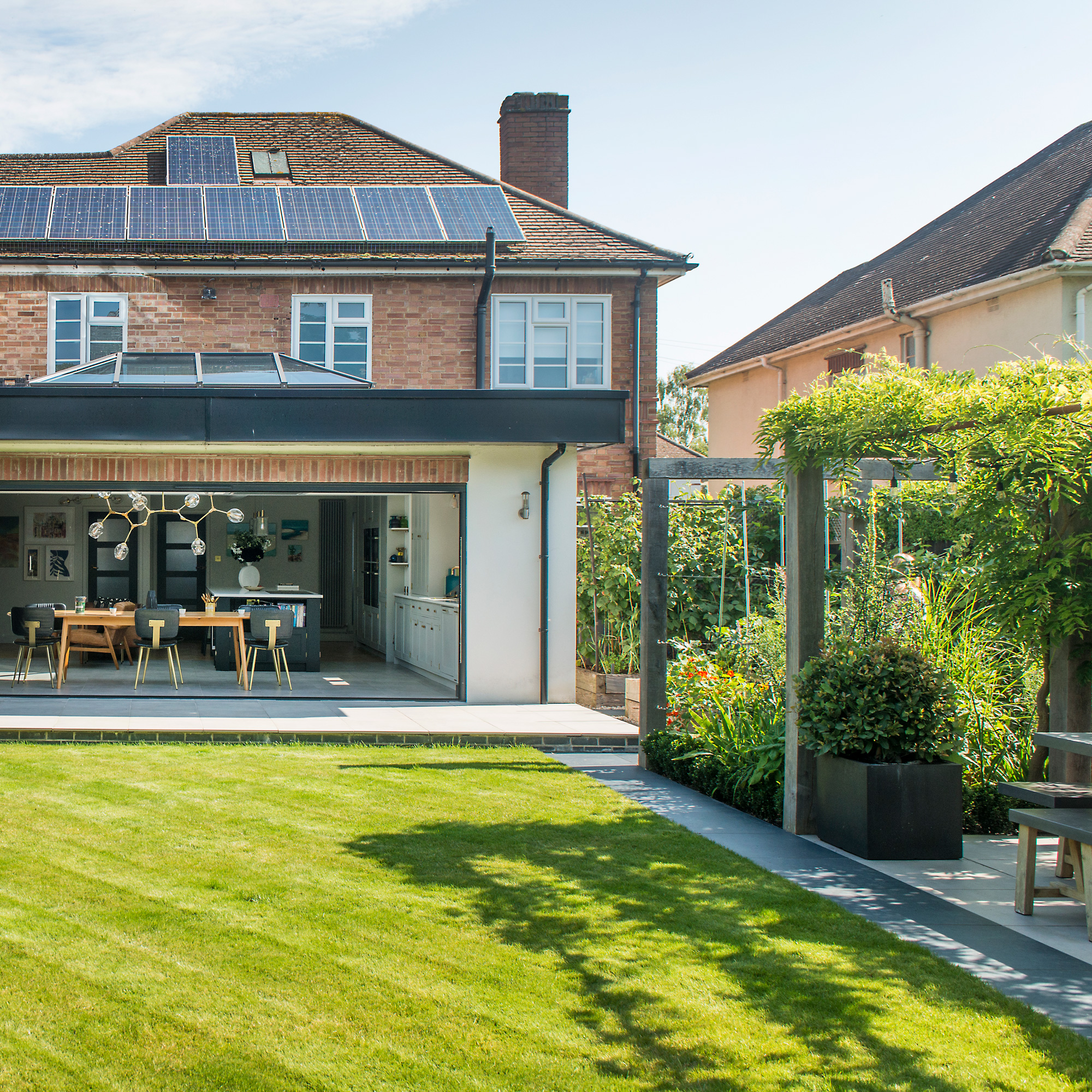 In creating their lush multi-use garden, the owners have cleverly futureproofed the space for years to come
In creating their lush multi-use garden, the owners have cleverly futureproofed the space for years to comeWith a zone for dining, a veg plot, a relaxing sun trap, and space for quiet contemplation
By Ginevra Benedetti
-
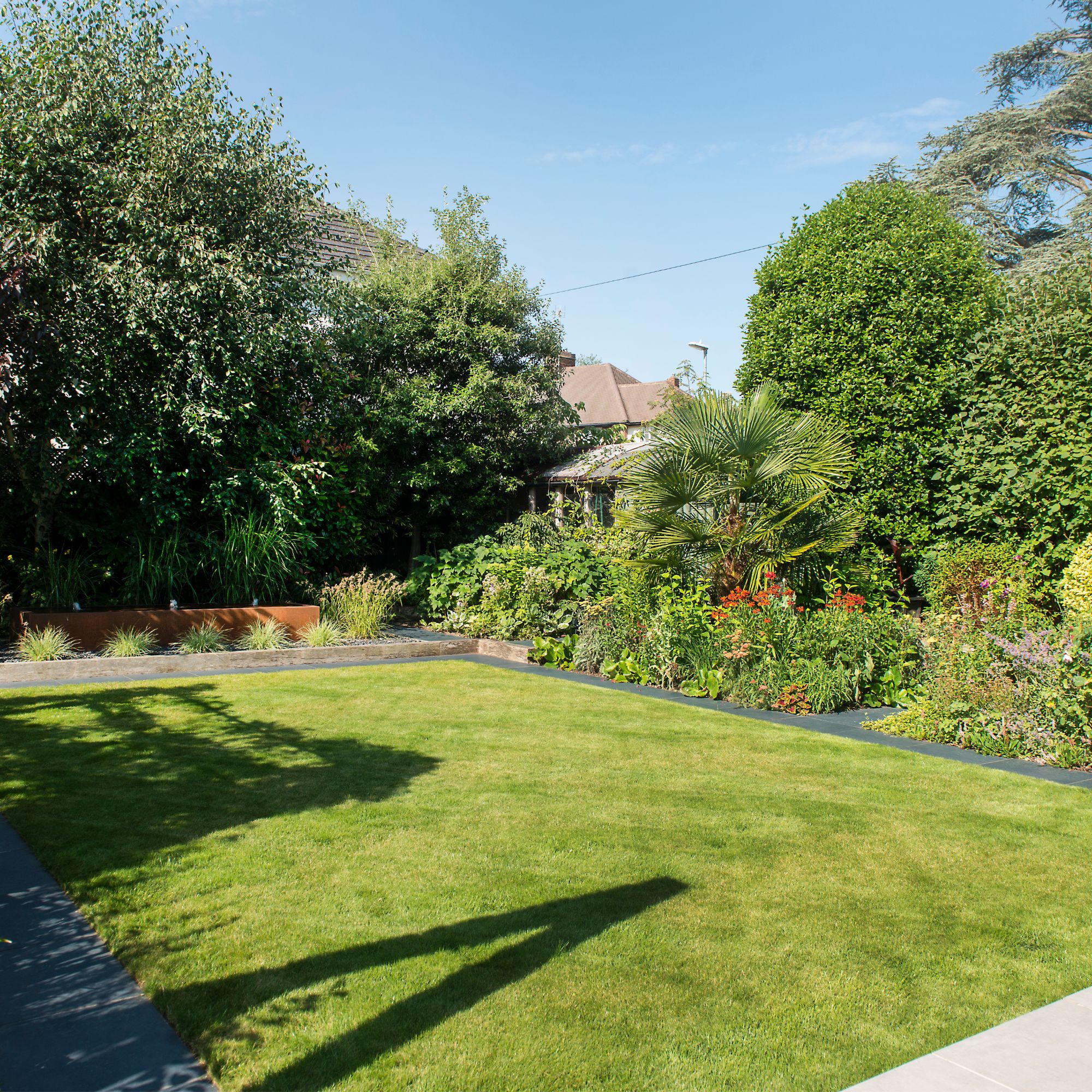 5 reasons why your grass seed isn’t growing and what you can do to help, according to garden experts
5 reasons why your grass seed isn’t growing and what you can do to help, according to garden expertsFor a lush, green lawn, you have to ensure the conditions are just right
By Kezia Reynolds